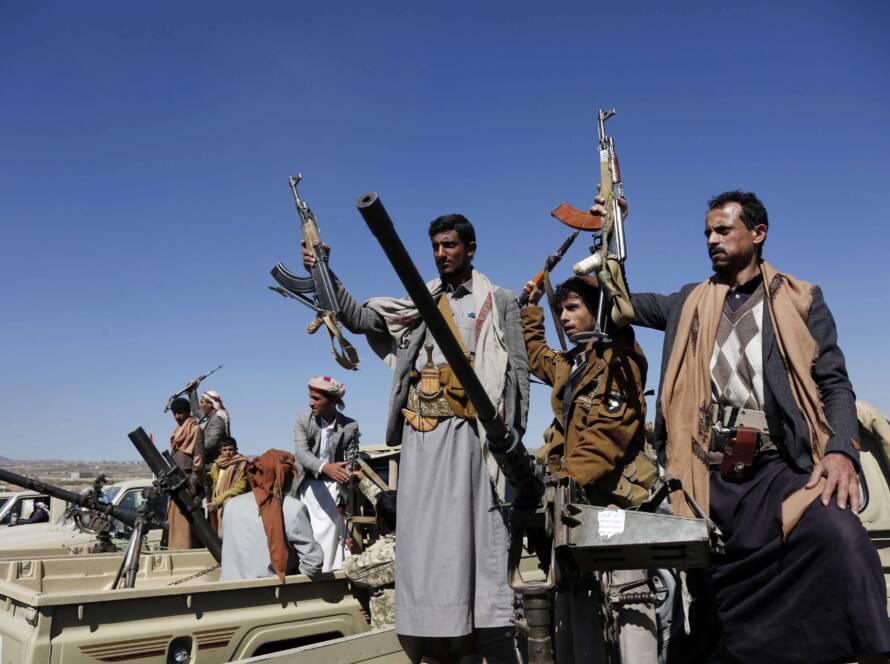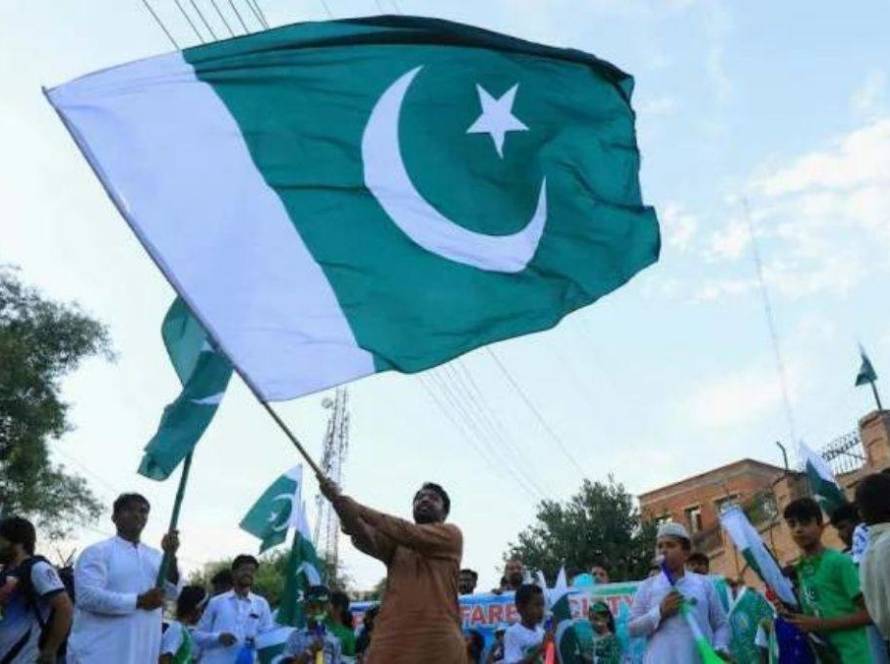By Amantha Gunarathna
With a burgeoning population, a robust if tumultuous democratic system, and a thriving technology sector, India has positioned itself as a key player on the world stage.
The country’s proactive foreign policy, regional leadership initiatives, and engagement in multilateral forums contribute to its rising prominence. As a bridge between East and West, India plays a crucial role in shaping global narratives on issues like climate change, trade, and security. Its participation in forums like the G20 and BRICS reinforces its influence. While challenges persist, including regional tensions and socio-economic disparities, India’s trajectory suggests a pivotal role in shaping the geopolitical landscape in the 21st century.
India’s Political Landscape
Understanding India’s political history requires a close examination of the various geographical orbits of political forces and dynasties, specifically the Mauryan Empire.
By acting upon the diverse geographical possibilities, the Mauryan rulers not only solidified their dominance in the Gangetic plains but controlled key passes in the northwest and extended influence southward into the Deccan plateau. This allowed them to engage in trade with Central Asia and exert authority over a vast and diverse territory.
The Empire’s success lay in its ability to navigate and integrate various regions within the subcontinent, creating a political and economic network that spanned vast regions. The Mauryan example hence underscores the enduring lesson that geopolitical strength in India’s history often lay not merely in the consolidation of power within specific regions but in the management of inter-regional dynamics, acknowledging the interconnectedness of different landscapes and their impact on political influence and stability.
Under the leadership of Emperor Ashoka, it utilized culture and religion as powerful tools to expand its political control. After the conquest of Kalinga, he underwent a profound transformation and embraced the teachings of Buddha, promoting a policy of non-violence, tolerance, and compassion. To consolidate his rule, he disseminated these principles through edicts inscribed on pillars and rocks throughout the Empire.
Modern India
Modern India is a vibrant society with a growing internal dynamism and increasing global influence, with around 1.4 billion Indians constituting 17.8% of the global population. It serves as the largest functioning democracy and a test ground for two middle-ground philosophies, advocating non-alignment in international politics.
India’s economic policies have been groundbreaking, with a large-scale experiment in the modern mixed economy. Despite poverty and high unemployment, Indian agriculture has outperformed Soviet and Chinese counterparts, and it ranks as the ninth largest industrial economy globally. India’s geopolitical significance in South Asia makes it critical in current global politics, particularly in the era of oil logistics.
India is the world’s largest functioning democracy, with regular and open elections. Thus, it is the litmus test for whether democracy is a suitable system of governance for huge numbers of relatively poor people in a world where democracy, as we know it, is a critically endangered political species, particularly in Third World countries.
Technologically, cities like Bengaluru emerging as global technology hubs and fostering a cadre of successful tech entrepreneurs. Despite economic progress, however, India grapples with challenges, including poverty, infrastructure, environmental issues, and healthcare disparities, prompting ongoing social and economic reforms.
India has made significant strides in space exploration through the Indian Space Research Organization (ISRO), launching satellites for diverse purposes and achieving interplanetary exploration. Journeys to Mars, the moon, and beyond are within reach for India’s space program. India’s substantial and youthful population, particularly those under 30, is considered a potential catalyst for economic growth and innovation.
Military Strength and Strategic Alliances
With over 1.4 million active personnel, India boasts the world’s second-largest military force and has made substantial investments in modernizing its arsenal.
Recent developments include the induction of the indigenous Rafale fighter jets, the successful test-firing of the Agni-V intercontinental ballistic missile, and the development of advanced anti-tank missiles. India’s Defence budget has also been on an upward trajectory, reflecting its commitment to safeguarding its national security. These advancements have enhanced India’s military capabilities, making it a formidable force in the region and beyond.
India is a member of several international organizations and has strategic partnerships with various countries. It is a part of BRICS (Brazil, Russia, India, China, South Africa) and has close ties with nations in its region. Indian Prime Minister Narendra Modi represented India at the 49th G-7 Summit in Hiroshima, Japan, from May 19-21. This engagement is crucial for India’s multilateral engagements and the G-7’s efforts to engage with the country.
European countries, including the United States, Japan, and Italy, are focusing on the Indo-Pacific region to benefit from economic opportunities. India has become a transit country to resolve the European energy crisis caused by the Russia-Ukraine war, and has cordial ties with both Russia and the West. India’s engagements with the G-7 are crucial to address the challenges the grouping is facing. Recent developments in alliances amongst prominent world powers and India signifies India’s stronghold in geopolitics.
Political Influence
India’s worldwide diplomatic involvement has been marked by proactive engagement in international forums and a commitment to multilateralism. The country has previously held non-permanent membership in the United Nations Security Council, actively engaging in deliberations on peacekeeping, security, and development.
Furthermore, India has played an important role in regional bodies such as SAARC and BIMSTEC, fostering economic and social cooperation.
Beyond its immediate surroundings, India has been actively involved in global initiatives such as the Paris Climate Agreement and the pursuit of Sustainable Development Goals, demonstrating its commitment to addressing global challenges and contributing to the creation of a more sustainable and just world.
India is also spreading its “soft power” through its culture, including its films (Bollywood), cuisine, and traditional arts, which exert a global influence. The Indian diaspora is significant, contributing to cultural ties among communities of world powers.
India stands as a multifaceted powerhouse. With a population of 1.4 billion, constituting a significant portion of the global population, India’s approach to influencing world politics with its own ideology is to take India a long way as the newest global geopolitical thrust. It boasts a diverse and rapidly growing economy, expected to be the fastest-growing major economy in time to come. India’s diverse strengths in culture, economy, and diplomacy therefore make it indispensable for the progress and stability of the modern world.
Amantha Gunarathna is an educational consultant, a member of the British Computer Society, and an alumnus of the Open University of Sri Lanka.
Factum is an Asia-Pacific-focused think tank on International Relations, Tech Cooperation, and Strategic Communications accessible via www.factum.lk.
The views expressed here are the author’s own and do not necessarily reflect the organization’s.


